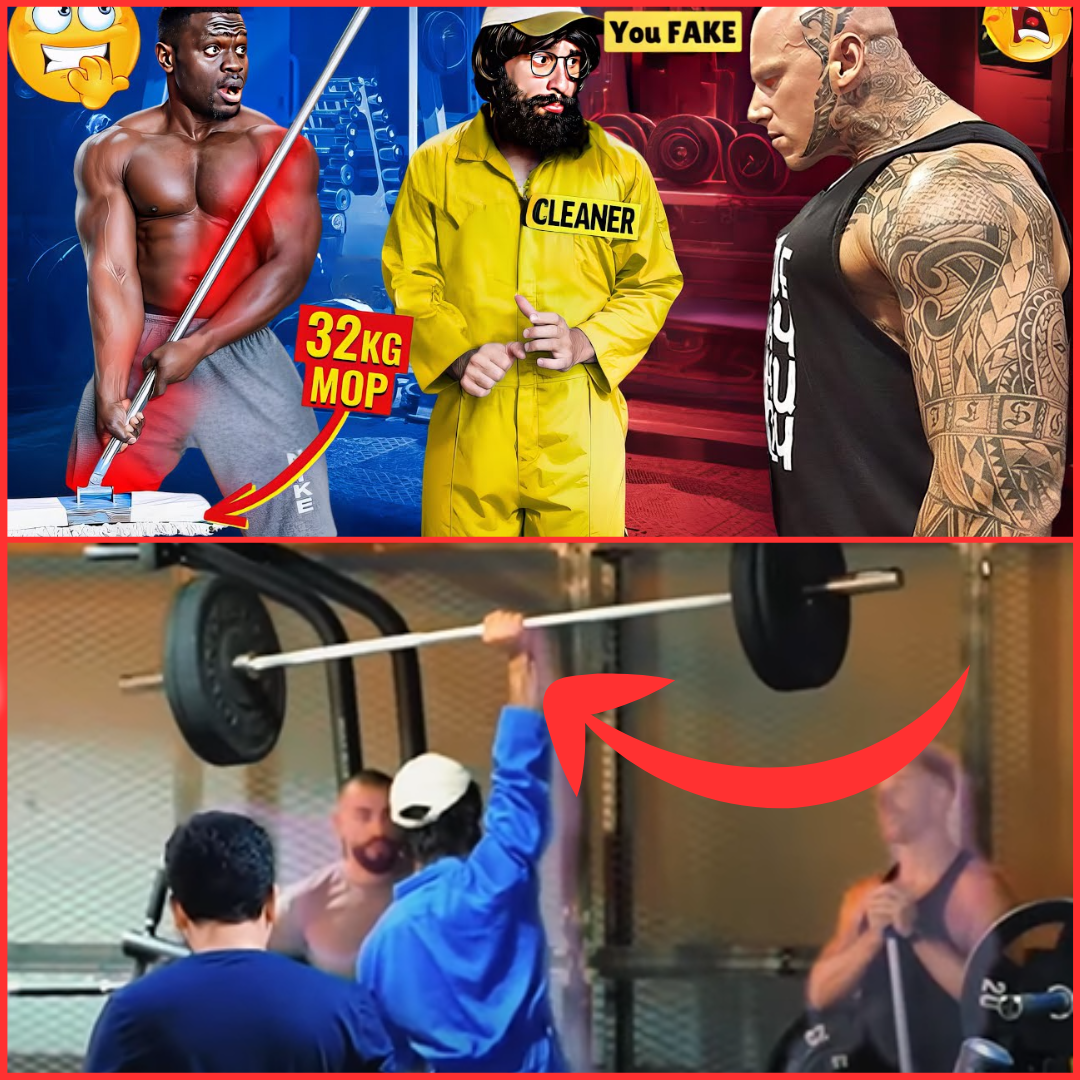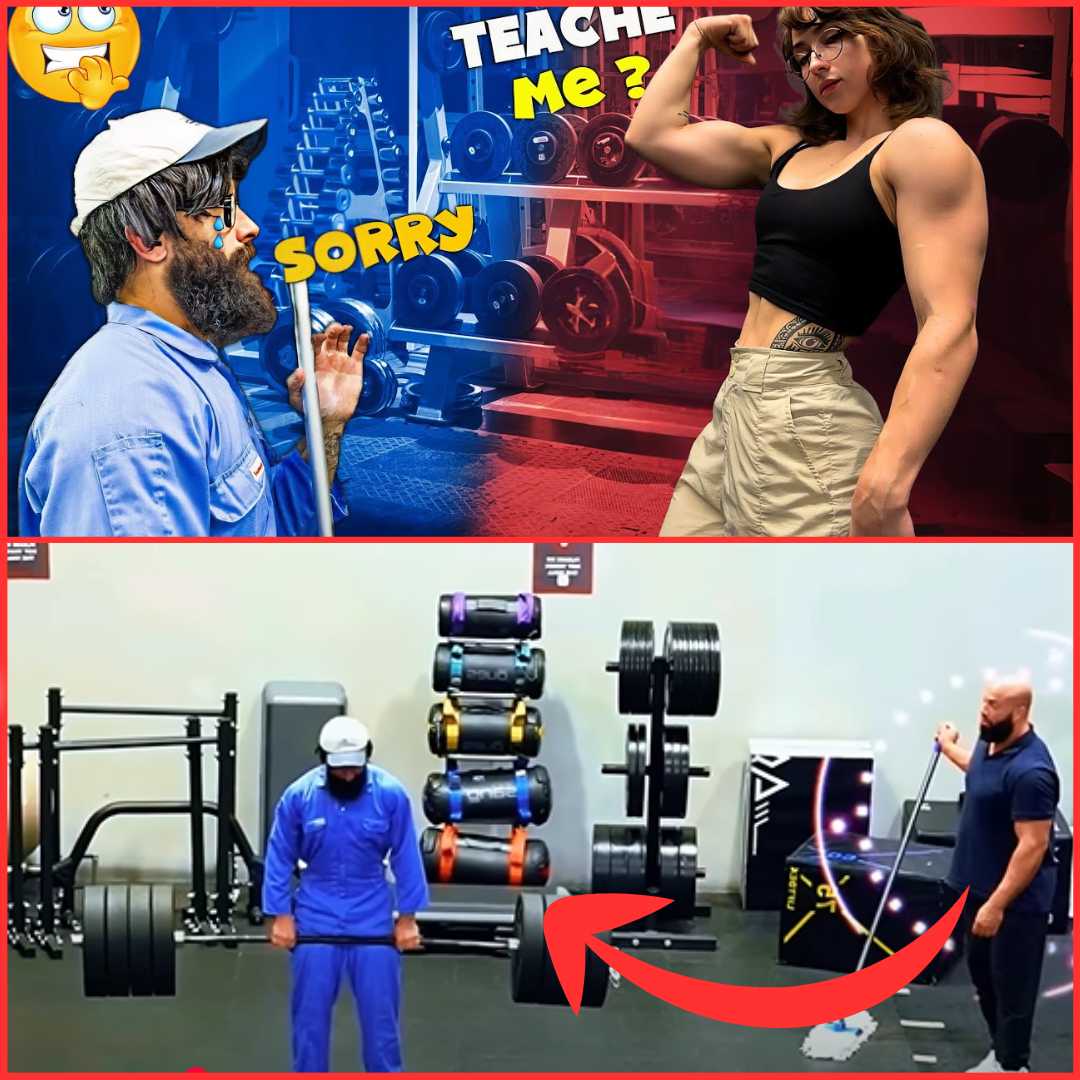I tried an Olympic swimmer’s two-move method for building strength and power, and it’s brilliantly simple
Adam Peaty redefined what was possible in the pool, obliterating world records in both the 50m and 100m breaststroke events. He also flaunts a physique that would make most bodybuilders’ eyes turn green.
As fitness inspiration goes, you could do a lot worse. And it turns out his favourite workout trick is surprisingly easy to cut and paste into your own gym routine.
“You pick a really heavy exercise, then pair it with a bodyweight or lightweight exercise you can do really fast,” the Castore athlete tells me. This is called contrast training: a tried and tested method which involves performing a heavy compound (multi-muscle) move, immediately followed by a similar, explosive exercise. The aim? To develop serious strength and power in one fell swoop.
As a fitness fanatic who wouldn’t mind a slice of Olympic athleticism, I asked Peaty for the training blueprint he uses to put this practice into action, then headed to my local gym to give it a try. Here’s how I got on.
Peaty starts most gym sessions with a contrast training superset (two exercises performed back to back with no rest in between). The only prerequisite is that the exercises are similar and recruit the same muscles – his suggestions for targeting the lower body, back and biceps, and chest, shoulders and triceps can be seen above.
“You might do five back squats into five countermovement jumps [a max-height vertical jump from a standing start] for five rounds,” he says.
Peaty increases the weight of his squats with each round, starting at 100kg and finishing with a max-effort set at around 150kg. You don’t have to go this heavy – use weights that are challenging for you, to the point where you’re forced to slow down on the last couple of reps.
“It’s the same with the bench press. I’d do five sets of three or four reps, probably starting on 100kg then moving up to 110kg, 120kg, 130kg and finally 140kg,” Peaty adds. “I’d do that into a med ball throw – something where you’re moving the arms away from you powerfully.
“You could also do it with pull-ups. Do them weighted, followed by a set with just your bodyweight where you’re aiming to move quickly and powerfully.”
These supersets are physically demanding, so you would usually only do one of the examples listed above on any given day of training.
How I fared with contrast training
Contrast training isn’t a new revelation, having been developed several decades ago. Perhaps this is why, unlike many modish modalities like reformer Pilates, it doesn’t require any specialist equipment – just grab some weights and away you go. So that’s exactly what I did, starting with Peaty’s leg-day prescription.
After a thorough warm-up, I set up shop in a squat rack and loaded up a barbell. The first set of five back squats felt hard but doable, with my last rep taking noticeably longer than my first one – a solid sign I’d picked a fairly appropriate weight.
Following my final squat, I re-racked the barbell and immediately started the countermovement jumps. This has to be a maximal effort, Peaty says. Don’t just go through the motions and do a few bunny hops; really strive to jump higher with each rep.
My legs felt leaden after the heavy squats, so I was surprised to find I had a little extra spring in my step for the vertical jumps. This might have something to do with a phenomenon called post-activation potentiation, or PAP for short.
“The theory is that inducing PAP through heavy resistance exercise can increase muscle force capabilities in subsequent high-velocity movements by one to five per cent more than is possible in PAP’s absence,” an article by the National Strength and Conditioning Association states. By improving your performance, you can boost training adaptations from your session, such as increases in strength, speed and power.
I was breathing hard after my final countermovement jump. However, the three-minute rest period that followed allowed me to regain composure and attack the next set with renewed intensity. I also upped the weight with each passing round, but after the first couple of sets it became clear couldn’t hold a candle to Peaty’s impressive top-end strength.
Later in the week, I tried starting a couple of sessions with Peaty’s other contrast training protocols; one targeting the chest, and the other hitting the back muscles. I particularly enjoyed the combination of weighted and non-weighted pull-ups (pull-ups with a resistance band can also work here) for developing a brawny back – an established attribute for speedy sprint swimmers.
Read more: Adam Peaty reveals the training and mindset shift that got him to Paris 2024 – and what he plans to do next
Will I try contrast training again?
I’ve tried contrast training before, and found it effective. Peaty’s stamp of approval provided the nudge I needed to give it another go, and I’ll definitely be sticking with it.
Perhaps my favourite thing about it, for recreational gym-goers like myself, is that it widens the scope of exercise. Most people enter the gym with a single goal in mind; build muscle, become stronger or burn fat. Contrast training adds a touch of athleticism into the mix, developing power which can improve your performance in pretty much any other sport you happen to play.
It’s time-savvy too. Rather than setting aside a portion of your gym visit for strength work and a separate section for plyometrics or power, you can sandwich the two into one bitesize bundle.
It also challenges you to jump, which is a forgotten art for many. Not only does this practice bounding mechanics so you can take off and land safely and effectively, it also develops strength in your lower body joints and tissues, lowering your risk of injury.
For these reasons, I’ll be making contrast training a regular fixture in my training plans to come. If you’re looking to build strength and power, Peaty and I suggest you do too – jump to it!



